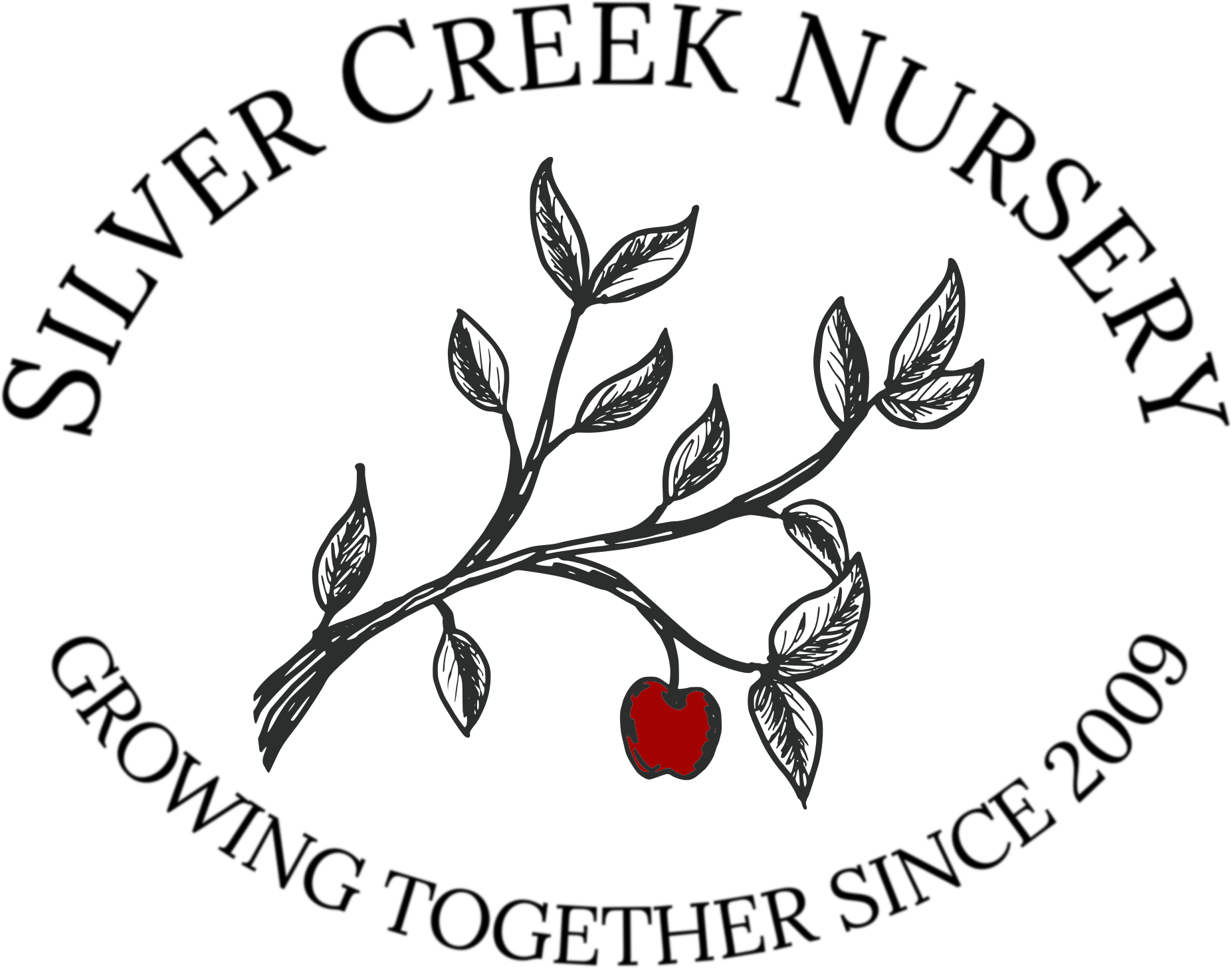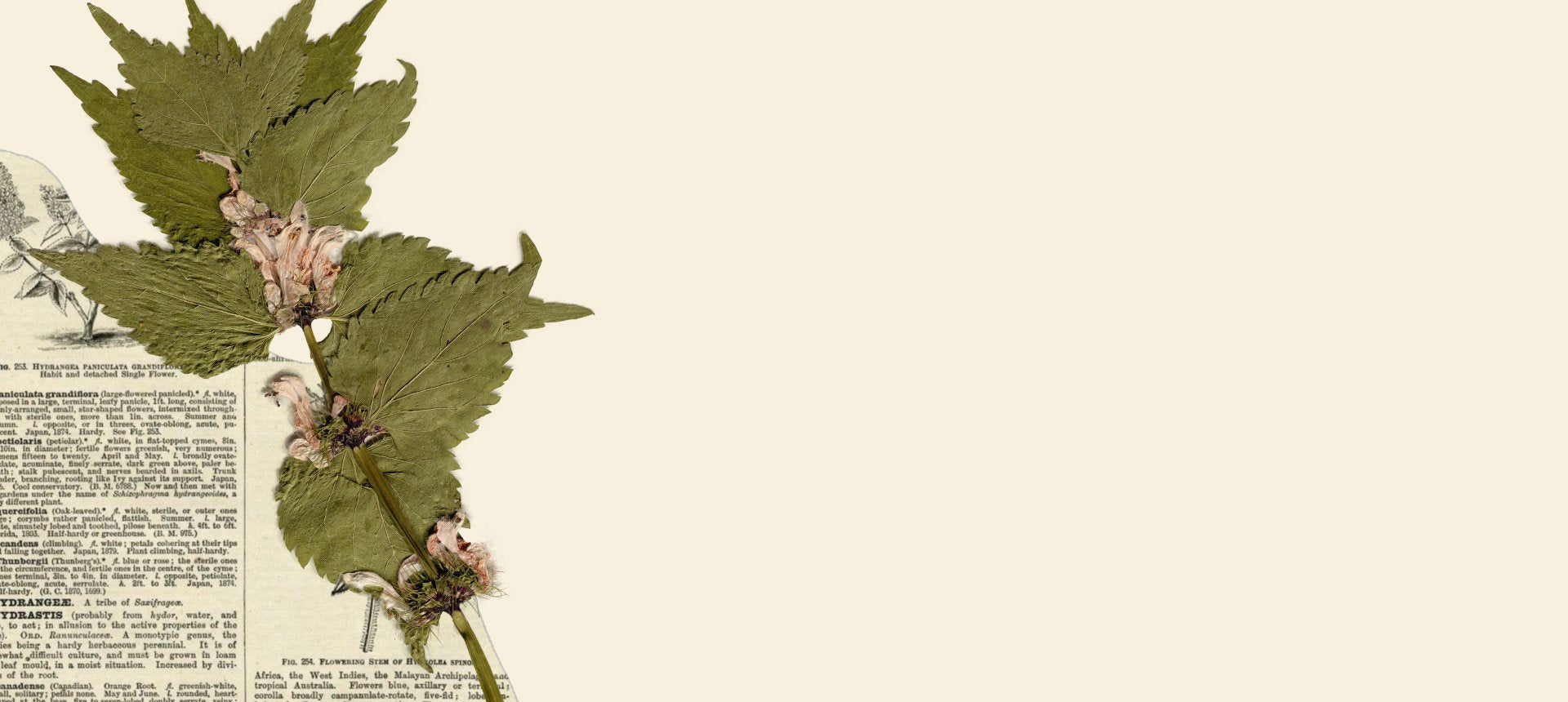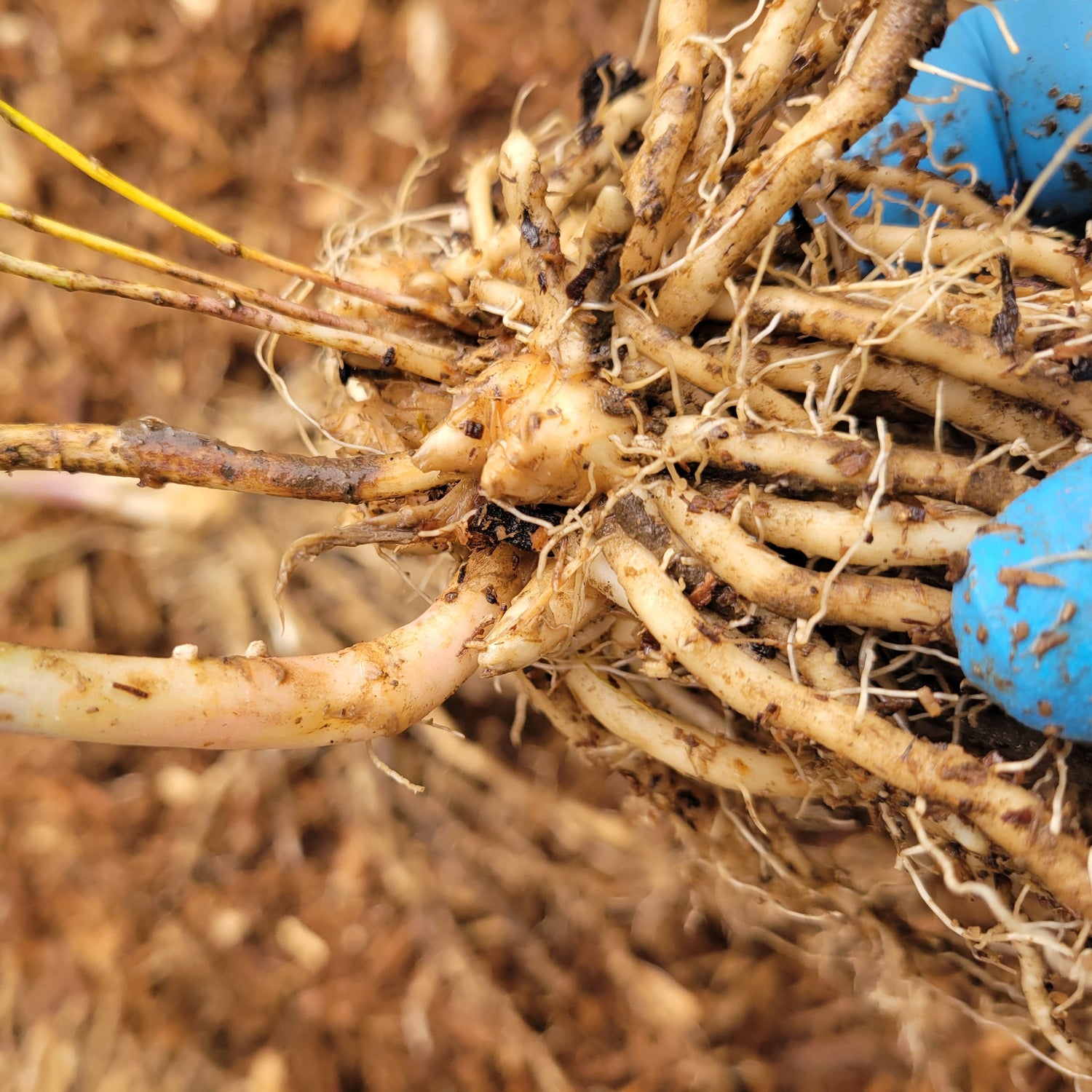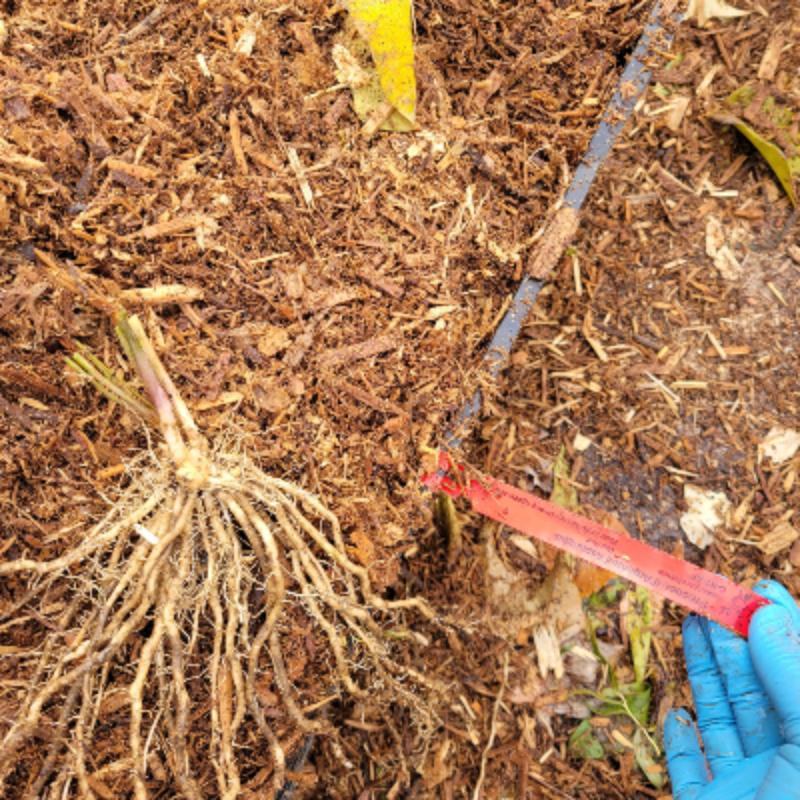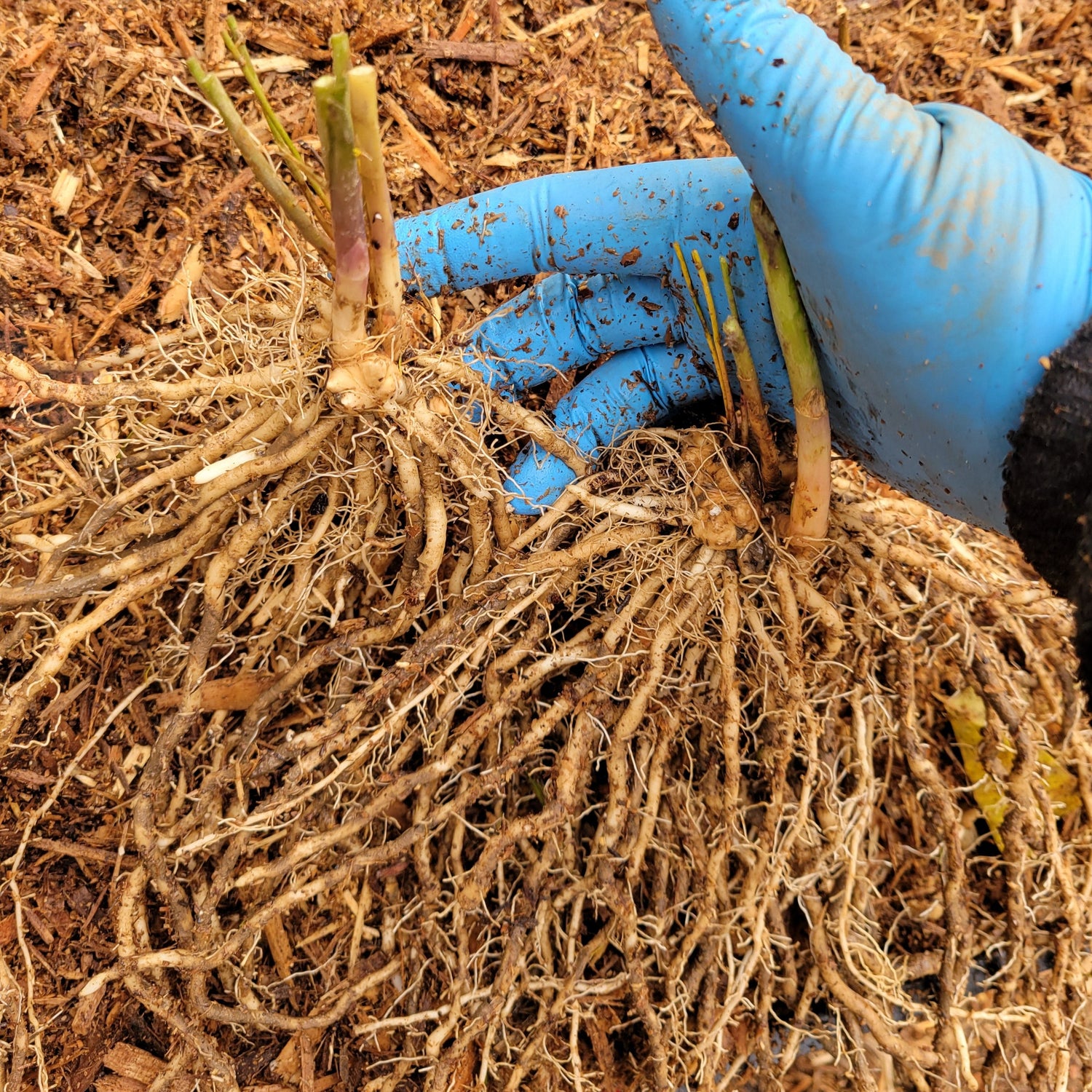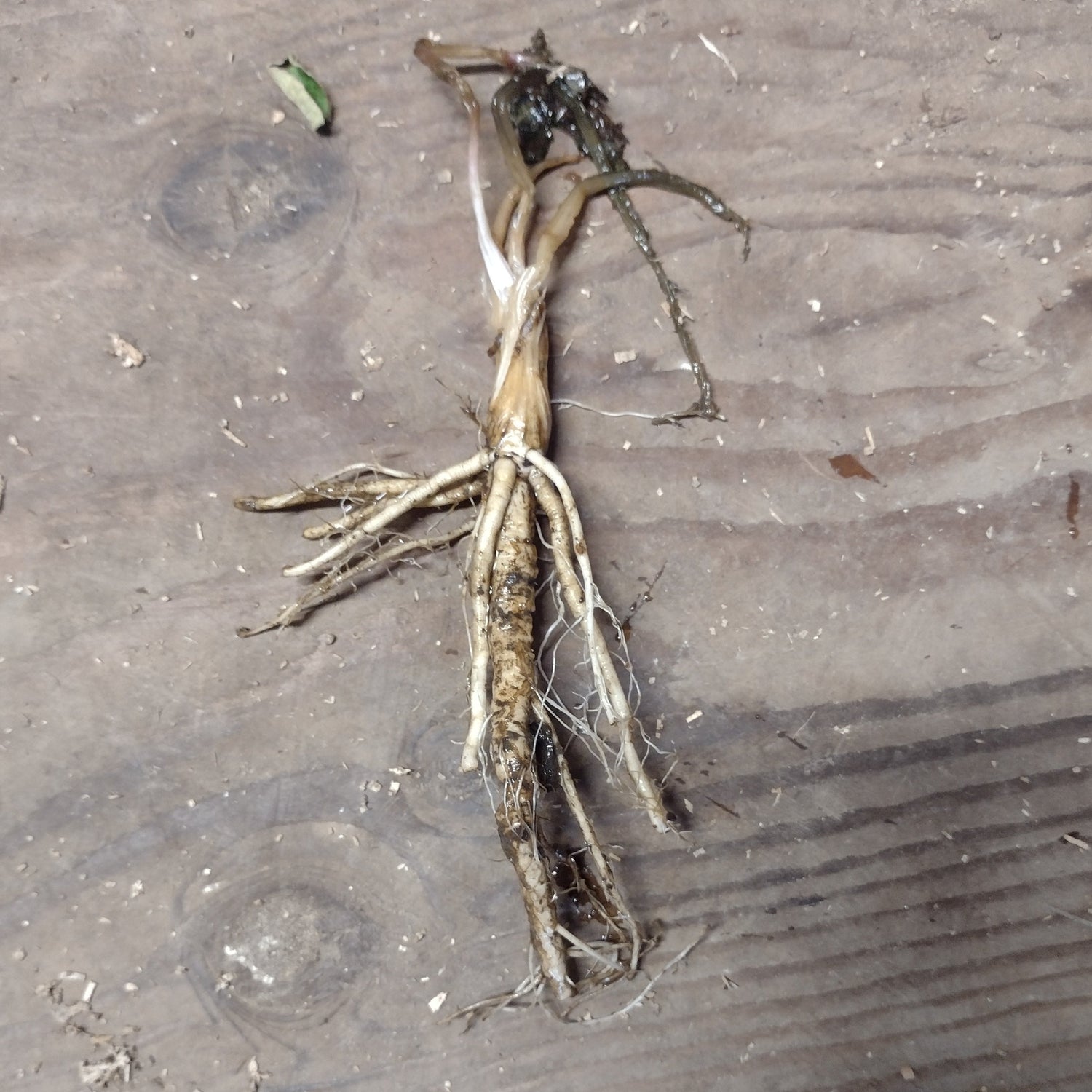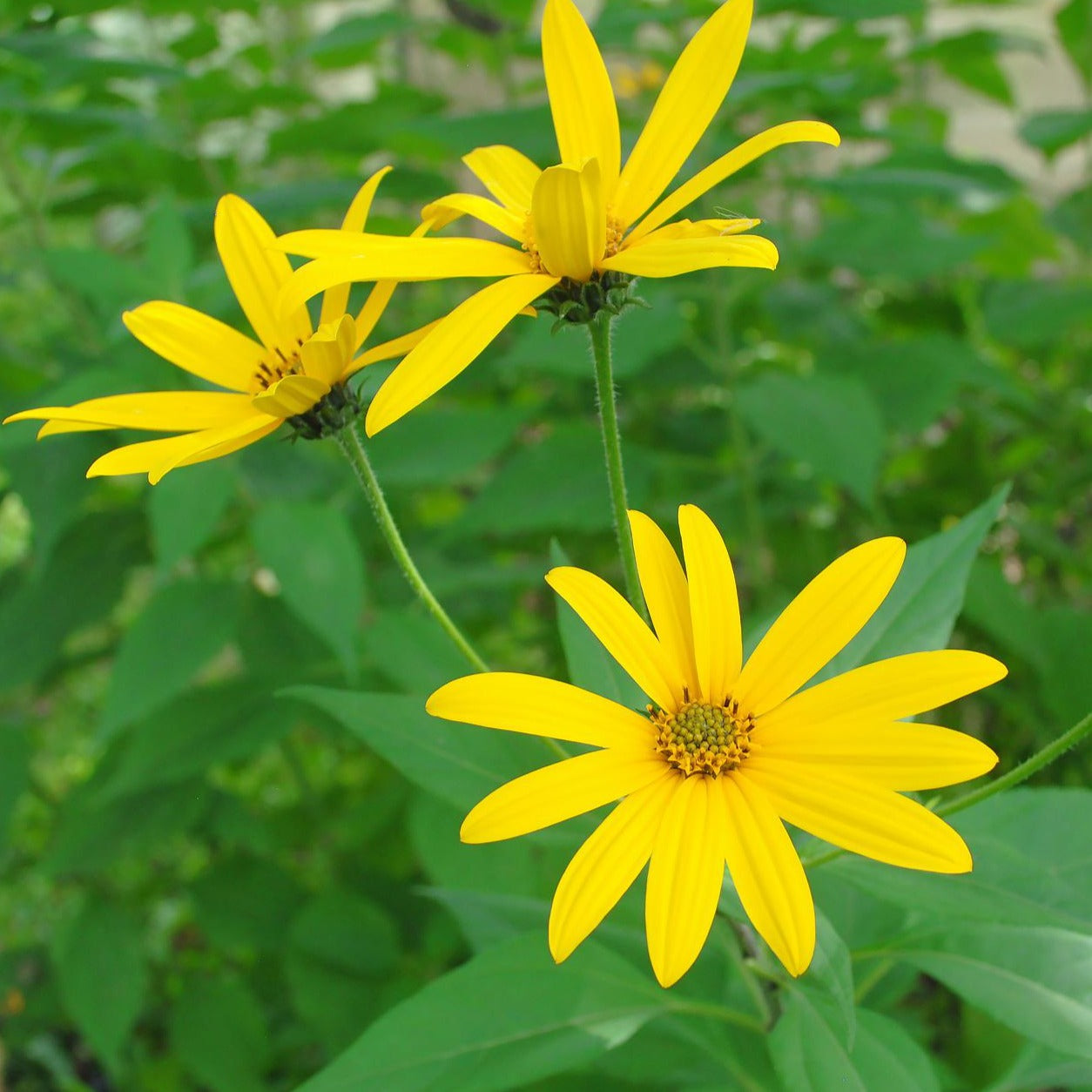Other Perennials
Sort by:
14 products
14 products
Available only for pick-up at nursery.
Species: Inula helenium
History: Elecampane is native from Spain all the way to parts of China and has become naturalized in parts of North America. It has traditionally served a variety of purposes including being used to treat snake and spider bites by the Ancient Greeks, to test if honey has spoiled by the Ancient Romans, as a candied snack in Medieval Europe, and to make absinthe. Throughout its long history it has provided various medicinal uses as well. It also has quite the storied past, with the species name referring to the myth that the plant sprung up from the tears of Helen of Troy while the Celts associated it with fairies and elves.
Why We Grow It: Although not commonly used medicinally today, it still provides some novelty to the garden. The small, yellow flowers resemble those of asters to which it is related. The flowers attract pollinators and the roots, like comfrey, are good at mining nutrients from deeper in the soil.
Species: Asparagus officinalis
History: The parent of these seedlings, Precoce d'Argenteuil (translated from French as 'early Argenteuil'), is an heirloom French variety that has been grown since either the 1700s or 1800s depending on the source. It was first listed in 1885 and is a selection from the Giant Dutch Purple variety of asparagus, along with the middle and late Argenteuil varieties which were all likely named after the commune in Paris. It is still commonly used in French dishes to this day. The variety is also sometimes called White Gold if grown without exposure to light, causing the plants to remain white. These seedlings may vary from their parents but should bear similar traits!
Why We Grow It: We love offering seedlings as a way to add some diversity to the plants being grown! The parent variety Precoce d'Argenteuil may not be as productive as modern varieties, but its excellent flavour more than makes up for it! Living up to its name, this variety produces thick shoots quite early in the season as well.
Species: Cryptotaenia japonica
History: Mitsuba is native to Japan, China, and Korea where it is used as a garnish, seasoning, and as a root vegetable. Mitsuba translates from Japanese as 'three leaves', referring to the way the plant grows leaves in groups of three. In Japan, it is also traditionally used at weddings where the stems of the plant are tied in knots to bring luck and symbolize the lasting relationship. It is also used in Japanese flower arrangement.
Why We Grow It: Mitsuba has a light, refreshing, vegetal flavour that is reminiscent of parsley and celery. It is also high in calcium and vitamin C. This variety boasts attractive purplish foliage and produces small, pinkish-white star-shaped flowers which add a nice ornamental touch to the garden.
Species: Helianthus tuberosus, Sunchokes are also known as Jerusalem Artichokes or J Chokes
History: Stampede apparently originated on a reserve in northern Ontario where indigenous peoples had been cross-breeding the earliest flowering sunchokes they could find. They succeeded with Stampede which is an early flowering and ripening variety. In 1978, only two tubers were sent to Johnny's Selected Seeds in Maine, producing enough tubers by the end of the year that the nursery was able to introduce the new variety commercially in 1979.
Why We Grow It: Stampede is an extremely productive variety and produces relatively large, if somewhat knobby, white tubers. Like other sunchokes, Stampede can be prepared and eaten in a variety of ways, similar to the many ways you can use a potato! The early flowering and ripening time of this variety is great for anyone with a limited growing season.
Showing 14/14
